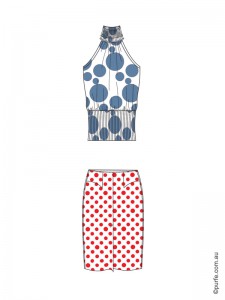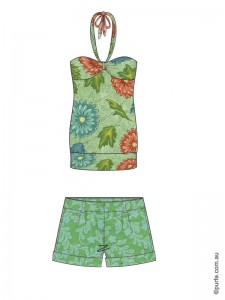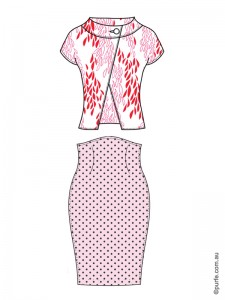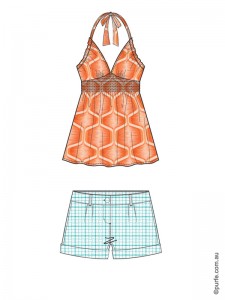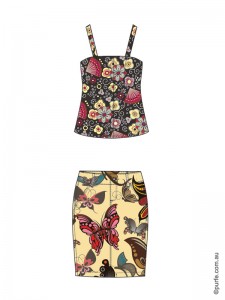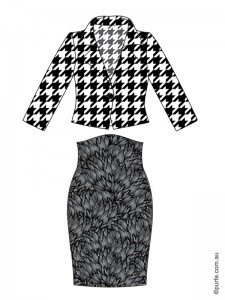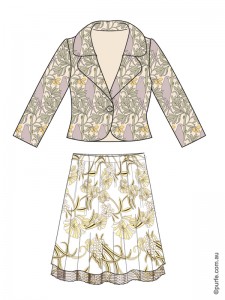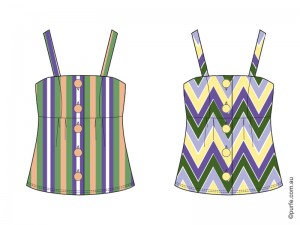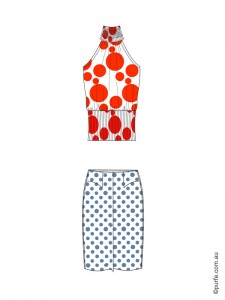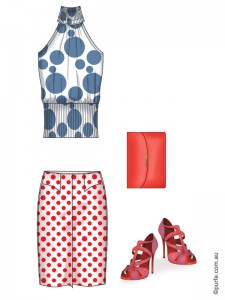It happens that three of my friends are about to give birth, subject which is a very exciting on its own. But for me as an enthusiast style consultant it is also a chance to challenge my knowledge and sense of style. It is good to have a challenge anytime, and especially in such rapidly changing environment as a wardrobe of a pregnant woman.
Today I’m going to share one trick that can help to save not only “second-and-third-trimester” outfit, but also one that looks heavy and stout. I’ll put a bit of theory to explain the works.
Every day while processing new information we are constantly matching it to things we already know and seen, engaging our brain to look for reference points. We might pick only the meaning we can reference to and skip any further thoughts of it. It might be not the ultimate meaning, just one we came across, the one that looks right (all optical illusions are based on such perception anomalies, by the way).
Now, going from theory to practice and from abstract visions to women figures and clothing, it is primarily a shape (silhouette) that our brain is looking for. Therefore, if we think the figure lacks something from a quick glance over it, the task of make-believing bears heavily on clothes.
As I do not consider corsets and other instruments of torture as a solution what then should it be? Well, almost everything that creates strict, distinct lines which could be a reference point of shape for the brain.
For example, one of my friends uses a cropped stiff corduroy jacket with usual “maternity” dresses. The dress made out of a floral jersey gently wraps the body, but the fabric itself is not heavy enough to define a silhouette. All this dress needed was a well-defined form and jacket provided it along with outlining right proportions.
The other friend of mine uses slinky skirts paired with wide, hip-length blouses and snug fitting shoes. Skirt and shoes act as “shapers” helping to emphasize the best features as well as serving the purpose and giving a reference point of the shape. That, at the end, is creating a balanced and attractive look.
Heavy fabrics that make gorgeous folds work the same: they do provide clean lines and create clear silhouette. Actually, it could even be accessories (belt, bangles, geometrical bag, a scarf tightly tied up) that help to change “stout and heavy” into “elegant and balanced”.
Try to look around yourself when you are in a big shopping centre and watch for pregnant looks. I’m certain you’ll see some “shapers” and give them a credit for style.

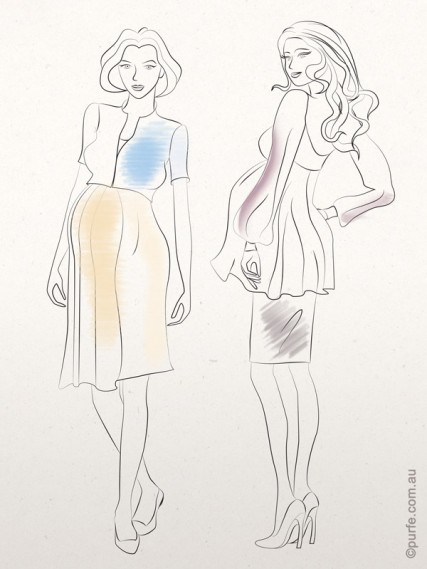
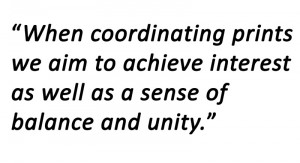 First of all, in a well-designed outfit you would straightaway notice the strong, active print (or a color, shape) that sets the theme. The other details are working to reinforce that. An outfit needs to be structured to make it easier for the viewer to perceive the parts of composition. A glance will go to one part after another, starting from the most active (accent) to the quietest and neutral one creating the feeling of agreement and consistency.
First of all, in a well-designed outfit you would straightaway notice the strong, active print (or a color, shape) that sets the theme. The other details are working to reinforce that. An outfit needs to be structured to make it easier for the viewer to perceive the parts of composition. A glance will go to one part after another, starting from the most active (accent) to the quietest and neutral one creating the feeling of agreement and consistency.